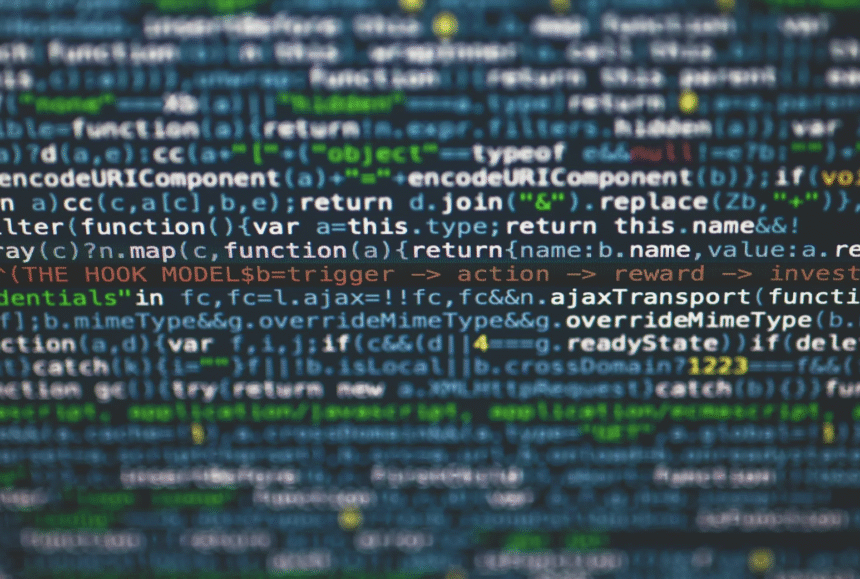The idea of artificial intelligence (AI) has changed from being a story in science fiction to being an important part of our daily lives. AI is transforming our environment in big ways, from the voice assistants on our phones to the personalized suggestions on streaming services. In short, artificial intelligence (AI) is the process of making machines that can think like people. This includes talents like learning, thinking, problem-solving, interpreting natural language, and perceiving things. AI systems learn and change based on huge amounts of data instead of following tight, pre-programmed rules. This lets them see patterns and connections that a person couldn’t. The fact that AI can learn and improve over time is what makes it so revolutionary. This lets it do complicated tasks with more and more accuracy and efficacy. This broad field combines many different areas of study, including computer science, statistics, languages, and neuroscience, to make computers that can think and act like people.

The story of AI’s growth is one of hope, failure, and new ideas. In 1956, the discipline was officially founded at a workshop at Dartmouth College, where scientists got together with the goal of making machines that could think like people. Early triumphs, like programs that could answer math problems or play checkers, fueled this hope. There have been times when interest and funding have dropped, which are called “AI winters,” because it is so hard to copy human intelligence. The topic eventually came back to life because of new methods, especially in machine learning, the availability of massive datasets, and the rapid expansion of computing power. Deep learning has made a lot of progress recently, and big language models like GPT have shown that AI can generate text, photos, and other stuff that looks and sounds like a person.
AI is not just one technology; it’s a group of technologies, each with its own applications and capacities. Most of the time, AI is put into groups based on how smart it is. We now have “weak AI,” which is a type of narrow AI that is built and trained for a specific job, such as facial recognition or recommendation engines. It doesn’t really have consciousness or self-awareness, and it only works in a small range. Strong AI, often called Artificial General Intelligence (AGI), is a sort of AI that doesn’t exist yet but would be able to learn and use intelligence in many different situations. This is what a lot of researchers want to happen, even though it hasn’t happened yet. Artificial Superintelligence (ASI), the last and only theoretical stage, would be better than human intelligence in every way.
AI is already being used in a lot of different ways, and it is still growing. It is transforming daily life and whole sectors. AI is being used in medicine to speed up the search for new drugs, look at medical imaging to find out what condition someone has, and make treatment plans that are right for each person. The transportation business is changing thanks to smart traffic control technologies and cars that drive themselves. In the financial business, AI algorithms are used to find fraud, analyze risk, and trade using algorithms. AI also powers the technologies we use every day, including chatbots that help customers right away and search engines that give us the best results. As AI gets better, it will be able to do things like automate boring chores, make fewer mistakes, and create new opportunities for research and innovation. This will make it possible for people and machines to work together to tackle some of the world’s toughest problems.


